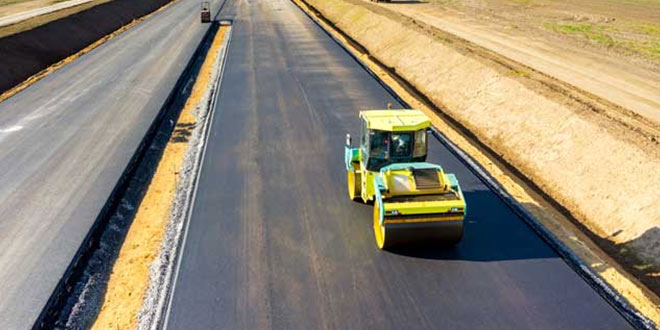The government has decided to link road construction with the Swachh Bharat Mission 2.0, paving the way for the use of inert material from solid waste in the building of embankments across national highways.
Following the success of pilot projects, the Ministry of Road Transport and Highways has firmed up a draft policy on the use of inert waste material that does not disintegrate naturally and has sought public comments. The move is aimed at resolving the twin problems of disposal of urban solid waste and rising requirement of earth or soil for the construction of embankments as highway construction picks up pace.
As per the ministry’s assessment, about 170 million tonnes of waste is accumulated at 2,304 dump sites in the country.
The inert material available from these sites can be potentially utilised in the construction of embankments for NHs and state roads, the ministry said in an office memorandum, adding that the government has now decided to dovetail highways construction with Swachh Bharat Mission 2.0.
As per the draft guidelines, all projects, whether in the bidding stage or DPR (detailed project report), will be eligible to use inert material and an enabling provision may be made mandating use of inert soil in the construction of embankment of highway or roads, wherever it is provided on site by the local bodies.
While the guidelines have suggested municipal bodies to expedite setting up facilities for biomining of municipal solid waste to generate inert material, it has allowed, in exceptional cases, highway contractors to set up such facilities saying the machines purchased for this purpose would also be considered for mobilisation advance within overall ceiling of mobilisation advance, at applicable rates.
Disposal of solid waste is a major environmental challenge that urban areas are facing.
As per a rough assessment, around 10,000 hectares of land is locked in dump sites. “Due to limited land availability, these landfill sites are on verge to attain maximum capacity and pose serious environmental and health hazards,” it said in the office memorandum.The first pilot project was carried out in Delhi-NCR on urban extension road and DND Sohna spur of Delhi-Mumbai Expressway while the second pilot project was on Ahmedabad-Dholera Expressway, In both these cases, inert material, which is one of the major component of municipal solid waste, was used to make embankments.

